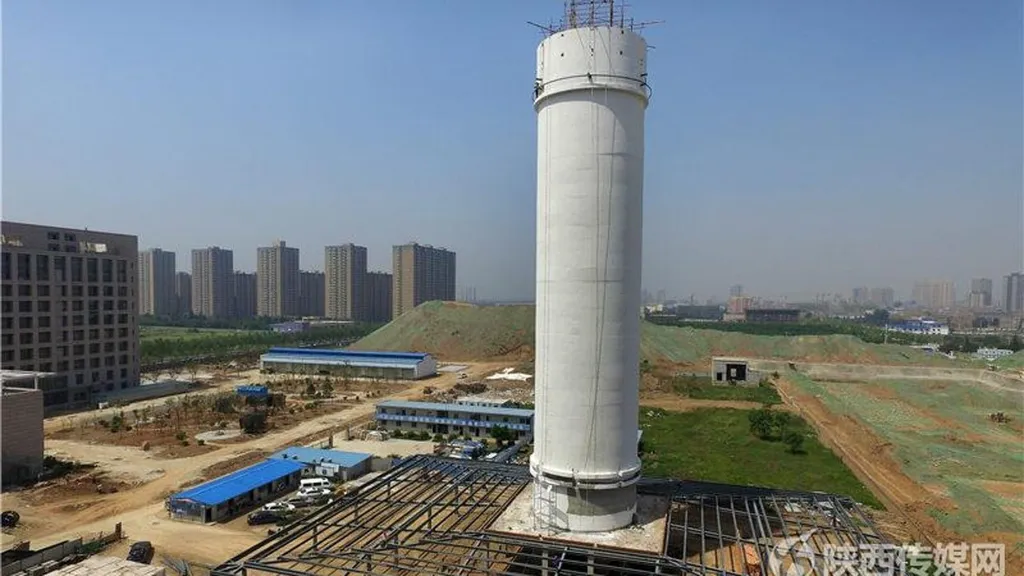In the quest for sustainable waste management and effective wastewater treatment, researchers have discovered a novel way to transform coal gasification fine slag (CGFS), a typically troublesome byproduct of the energy sector, into a high-performance adsorbent. This innovation, led by Jimin Xue from the School of Urban Planning and Municipal Engineering at Xi’an Polytechnic University in China, offers a promising solution for both environmental remediation and industrial waste upcycling.
CGFS, a fine powder generated during coal gasification, has long posed challenges due to its tendency to disperse into air and water, causing dust pollution and secondary contamination. Moreover, its ultrafine particles resist solid-liquid separation during wastewater treatment, making recovery and reuse difficult. “The instability and loss of these particles undermine the efficiency and stability of wastewater treatment processes,” Xue explained.
To address these issues, Xue and his team developed a composite granular adsorbent by treating CGFS with high-concentration acids and bases, blending it with pine sawdust, and granulating the mixture with a polyvinyl alcohol/hydroxypropyl cellulose (PVA/HPC) binder. The resulting pellets, dubbed HKCGFS-S-B, demonstrated impressive adsorption capacities for various organic dyes, with capacities of 86.6, 83.0, and 59.3 mg g−1 for Neutral Red, Rhodamine B, and Reactive Brilliant Orange, respectively.
The adsorbent’s performance remained robust over repeated use, maintaining removal efficiencies above 75%, 67%, and 52% after eight adsorption–desorption cycles for the respective dyes. This recyclability is a significant advantage for industrial applications, as it reduces operational costs and waste generation.
The research, published in *Materials Research Express* (translated from Chinese as “Materials Research Express”), revealed that the adsorbent’s effectiveness stems from its porous carbon structure enriched with silico-aluminate minerals. With a specific surface area of 130.51 m² g−1 and a pore volume of 0.14 cm³ g−1, the material offers ample sites for dye adsorption.
The implications of this research for the energy sector are substantial. By providing a practical strategy for upcycling CGFS, the study offers a potential solution for effective wastewater remediation in coal-fired power plants and other energy facilities. Moreover, the use of biomass doping and binder granulation could inspire similar innovations in other industries grappling with fine particulate waste.
As the world seeks to balance energy production with environmental stewardship, this research highlights the potential of waste upcycling to drive sustainability in the energy sector. By transforming a troublesome byproduct into a valuable resource, Xue and his team have taken a significant step towards a cleaner, more efficient future.
The study’s findings could pave the way for further developments in adsorbent technology, encouraging researchers to explore other waste materials and modification techniques. As Xue noted, “This work not only addresses a specific industrial waste challenge but also opens up new avenues for waste valorization and environmental remediation.”

